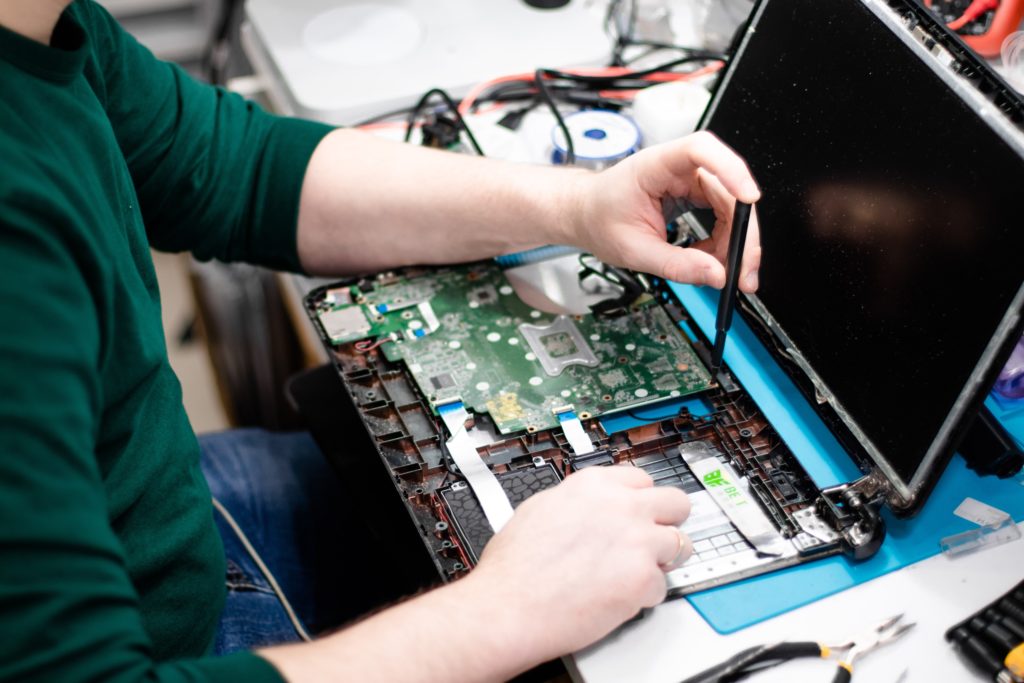
“At 79, George retired. Instead of golf clubs or a hammock, he hung a handmade sign in his garage window: “Broken things? Bring ’em here. No charge. Just tea and talk.”
His neighbors in the faded mill town of Maple Grove were skeptical. “Who fixes stuff for free?” grumbled the barber. But George had his reason. For decades, his late wife Ruth had repaired torn coats and cracked frames for anyone who knocked, insisting, “Waste is a habit. Kindness is the cure.” Since her passing, George’s hands ached to mend what she left behind.
Eight-year-old Mia arrived first, dragging a plastic truck missing a wheel. “Dad says we can’t afford a new one,” she mumbled. George rummaged through his toolbox, humming. An hour later, the truck rolled out sporting a bottle cap wheel and a silver duct tape stripe. “Now it’s custom,” he winked. Mia left smiling, but her mother stayed. “Can you… fix a résumé?” she asked. “I’ve been stuck since the factory closed.”
By noon, the garage buzzed. A widow brought a shattered clock (“My husband wound it every Sunday”). A teen arrived with a leaky backpack. George fixed them all, but soon, help emerged. Retired teachers proofread résumés. A former seamstress stitched backpacks. Mia even returned with jam: “Mom says thanks for the job interview.”
Then came the complaint.
“Unlicensed business,” snapped a city inspector. “Violating zoning laws.”
Maple Grove’s spreadsheet-minded mayor ordered George to shut down. The next morning, 40 townsfolk stood on George’s lawn, holding broken toasters, torn quilts, and signs: “Fix the law, not just stuff!” A reporter filmed, asking: “Is kindness illegal?”
The mayor caved. Sort of.
“If you must ‘fix’ things, do it downtown,” he said. “Rent the old firehouse. But no guarantees.”
The firehouse transformed into a hive. Volunteers gutted it, painted it sunshine yellow, and named it “Ruth’s Hub.” Plumbers taught plumbing. Teens learned to darn socks. A baker traded muffins for microwave repairs. Town waste dropped 30%.
But the true magic? Conversation. A lonely widow fixed a lamp while a single dad patched a bike tire. They talked about Ruth, loss, and hope.
Last week, George found a note in his mailbox from Mia, now 16 and interning at a robotics lab: “You taught me to see value in broken things. I’m building a solar-powered prosthetic arm. PS: The truck still runs!”
Today, 12 towns across the state have “Fix-It Hubs.” None charge money. All serve tea.
Funny, isn’t it? How a man with a screwdriver can rebuild a world.
Inspired by Real Repair Heroes:
While George is fictional, his spirit lives in real people worldwide:
- Martine Postma (Netherlands): Founded the Repair Café Movement (2009). Starting in Amsterdam, volunteers fix household items for free, aiming to reduce waste and build community. Now over 2,000 locations globally.
- Kyle Wiens (USA): Founded iFixit, providing free online repair guides empowering people to fix electronics instead of discarding them.
- Sugru & Fixperts (UK): The moldable glue brand helped launch Fixperts, a global network where volunteers (often designers or students) use fixing skills for social good, sharing their repair stories.
- The Men’s Sheds Movement (Australia/Global): Started in the 1990s to combat isolation. “Sheds” are workshops where men connect, share skills, offer free repairs, and provide mentorship. Thousands exist worldwide.
- Peter Mui (USA): Founded the Fixit Clinic (2009, California). These traveling events teach people to repair their own broken items in libraries, makerspaces, and schools across the US.
These real-life movements may not have started in a garage with tea and duct tape, but they embody the same values: community, sustainability, kindness, and empowerment through repair.”
Leave a Reply